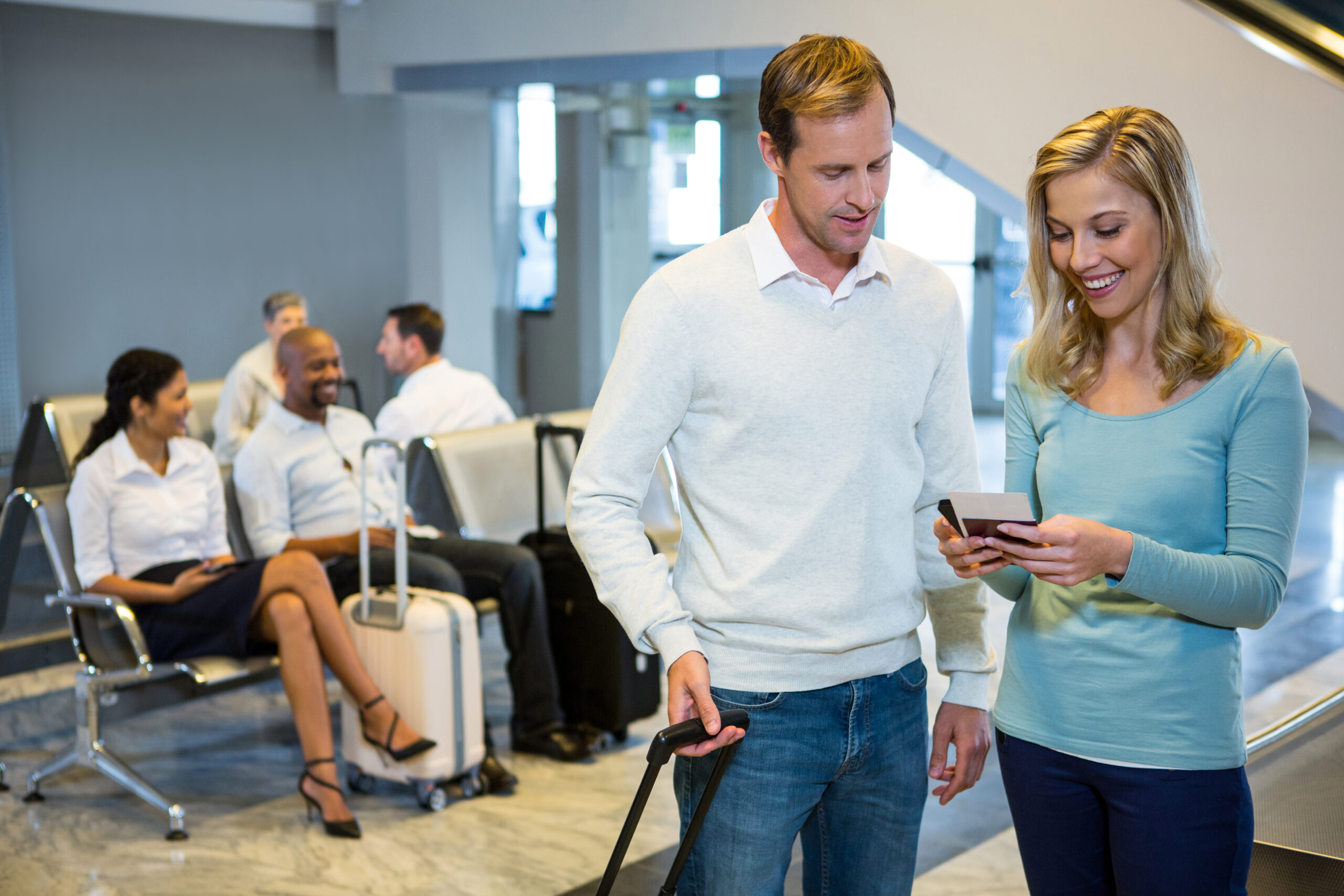When we hear the word airport, many emotions come to mind. As a frequent traveler, I have always been fascinated by the way sensory experiences can influence our decisions and emotions. The travel industry, in particular, has been increasingly leveraging the power of sensory marketing to create memorable experiences for passengers. One aspect of sensory marketing that has gained significant attention in recent years is scent marketing. In this blog, we will explore the impact of scent marketing in airports and how it enhances the overall travel experience.
The Importance of Sensory Marketing in the Travel Industry
The travel industry is highly competitive, with airports constantly striving to differentiate themselves and provide exceptional experiences for travelers. In this context, sensory marketing plays a crucial role in capturing the attention of passengers and creating lasting impressions. While visual and auditory stimuli have long been utilized in marketing, the olfactory sense, or sense of smell, is a powerful yet often underutilized tool in creating brand associations and influencing consumer behavior.
Sensory marketing in airports goes beyond traditional advertising and branding. It taps into the subconscious mind, evoking emotional responses and shaping perceptions through the use of scents. Research has shown that our sense of smell is closely linked to memory and emotion, making it a potent driver of consumer engagement. In the fast-paced and often stressful environment of airports, strategically designed scent experiences can have a profound impact on passengers, influencing their mood, perception of time, and overall satisfaction with their travel experience.
Understanding Scent Marketing and Its Impact on Consumer Behavior
Scent marketing, also known as aroma marketing or olfactive branding, involves the use of carefully selected scents to create specific atmospheres or evoke desired emotions within a commercial setting. Scent marketing aims to enhance the overall ambiance, reduce stress, and positively influence the perception of the airport environment. By strategically diffusing scents in key areas such as check-in counters, security checkpoints, and departure gates, airports can create a more pleasant and memorable experience for passengers.
Research has demonstrated that scent marketing has the potential to influence consumer behavior in various ways. Pleasant scents can lead to longer linger times in retail areas, increased dwell time in airport lounges, and even a heightened willingness to spend. Additionally, specific scents can evoke feelings of relaxation, invigoration, or nostalgia, aligning with the desired brand image or creating a calming atmosphere amidst the hustle and bustle of travel. The impact of scent on consumer behavior is subtle yet significant, making it a valuable tool for airports seeking to enhance their overall customer experience.
Creating Memorable Experiences Through Scent Branding
The concept of scent branding goes beyond simply diffusing pleasant aromas in airport spaces. It involves creating a cohesive sensory experience that aligns with the airport’s brand identity and resonates with passengers on a deeper level. Just as visual branding elements such as logos and color schemes convey a brand’s personality, scent branding adds a unique dimension to the overall brand experience. Whether it’s a subtle hint of citrus in the check-in area or a comforting blend of lavender and vanilla in the departure lounge, carefully curated scents can evoke specific emotions and memories, leaving a lasting imprint on passengers long after they have departed.
Moreover, scent branding can extend beyond the physical airport environment to encompass the entire travel journey. Airlines, for instance, have recognized the potential of scent branding to create a consistent and immersive experience for passengers. By incorporating signature scents in their cabins and lounges, airlines can establish a sensory connection with their brand, reinforcing brand loyalty and differentiation in a highly competitive industry. The ability of scent branding to evoke emotional responses and build strong brand associations makes it a powerful tool for airports and airlines alike to create truly memorable travel experiences.
Implementing scent marketing in airport retail spaces can significantly enhance the overall airport ambiance and shape the retail experience for passengers. Airport retail spaces have evolved to become immersive shopping destinations offering a diverse array of luxury brands and exclusive products. Scent marketing in these retail areas serves as a catalyst for creating compelling and memorable shopping experiences, enticing passengers to explore and engage with the diverse offerings available
When strategically implemented, scent marketing can influence consumer behavior and purchasing decisions in airport retail spaces. By diffusing carefully selected scents that complement the brand identities of retail outlets, airports can create a harmonious and inviting shopping environment that encourages exploration and discovery. Moreover, the strategic use of scents can evoke positive emotions and enhance the perceived value of products, leading to an uplift in sales and customer satisfaction. As such, scent marketing in airport retail spaces serves as a powerful tool for driving engagement, increasing dwell time, and ultimately boosting the commercial success of airport shopping precincts.
In airport lounges and waiting areas, scent marketing can set the tone for the travel experience, whether it’s providing a sense of exclusivity and tranquility in premium lounges or offering a welcoming and relaxing ambiance in general waiting areas. By understanding the preferences and expectations of passengers, airports can tailor scent marketing initiatives to cater to the diverse needs of travelers across different segments.
In premium airport lounges, the strategic use of signature scents can contribute to a sense of luxury and sophistication, enhancing the overall ambiance and reinforcing the exclusivity of the lounge experience. Whether it’s a bespoke fragrance that reflects the airline’s brand identity or a carefully selected scent that complements the lounge’s design concept, olfactive experiences can elevate the perception of the lounge environment and leave a lasting impression on guests. Similarly, in general waiting areas, the use of soothing and refreshing scents can create a more pleasant and comfortable atmosphere, contributing to a positive pre-flight experience for passengers of all profiles.
In conclusion, the integration of scent marketing in airports represents a compelling opportunity to elevate the overall travel experience and create lasting impressions on passengers. By harnessing the power of olfactory stimuli, airports can craft multi-sensory journeys that captivate and engage travelers, ultimately contributing to enhanced customer satisfaction and loyalty. As the travel industry continues to evolve, the role of scent marketing will become increasingly prominent, with airports and airlines embracing innovative olfactive strategies to differentiate their brands and deliver unparalleled experiences.









